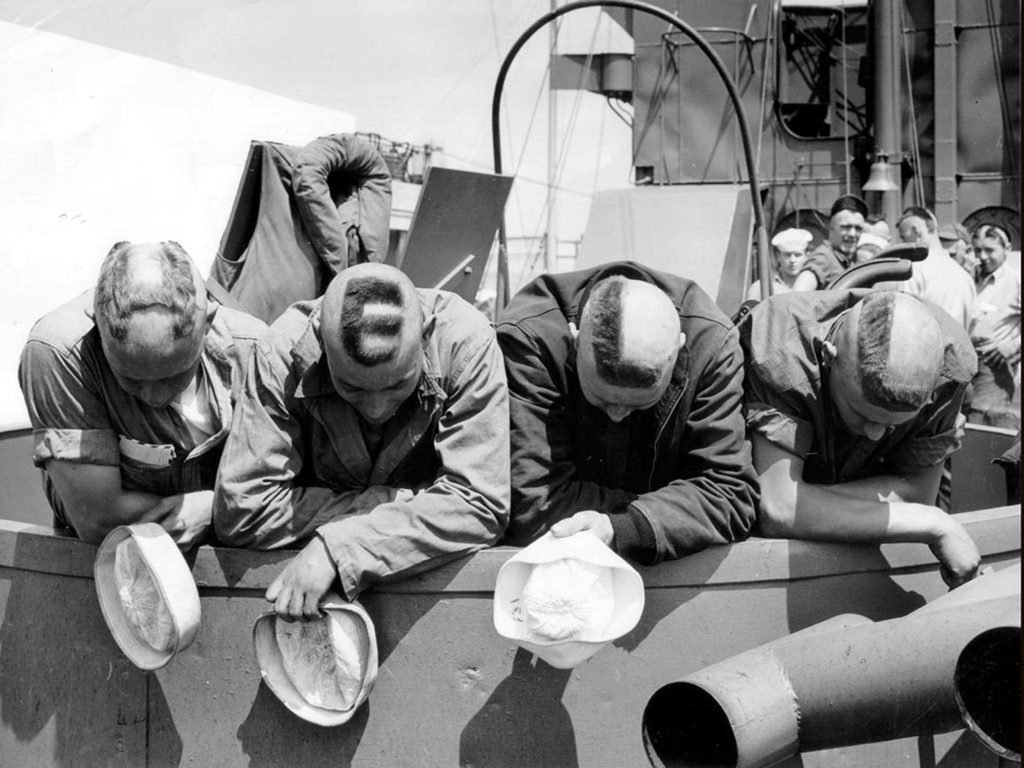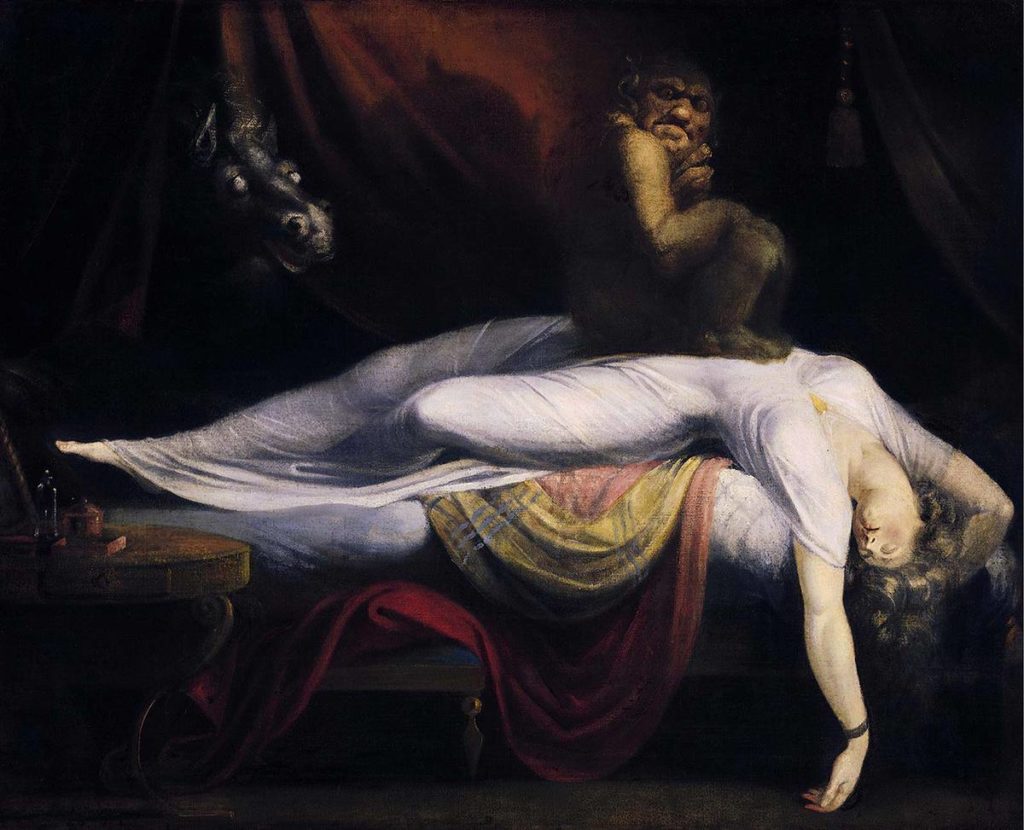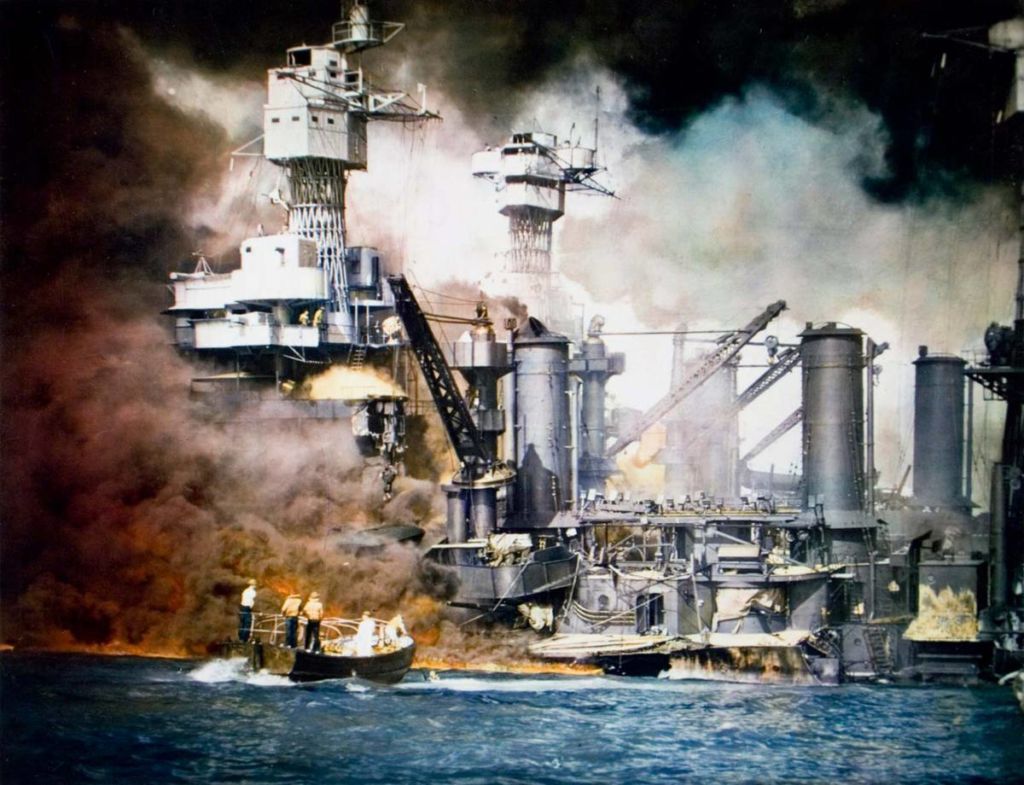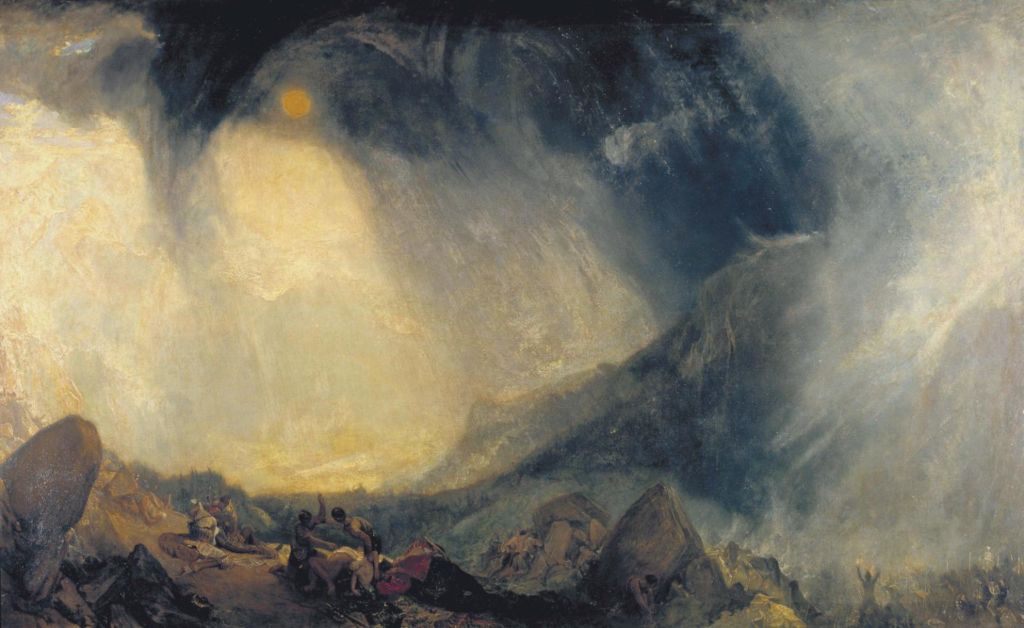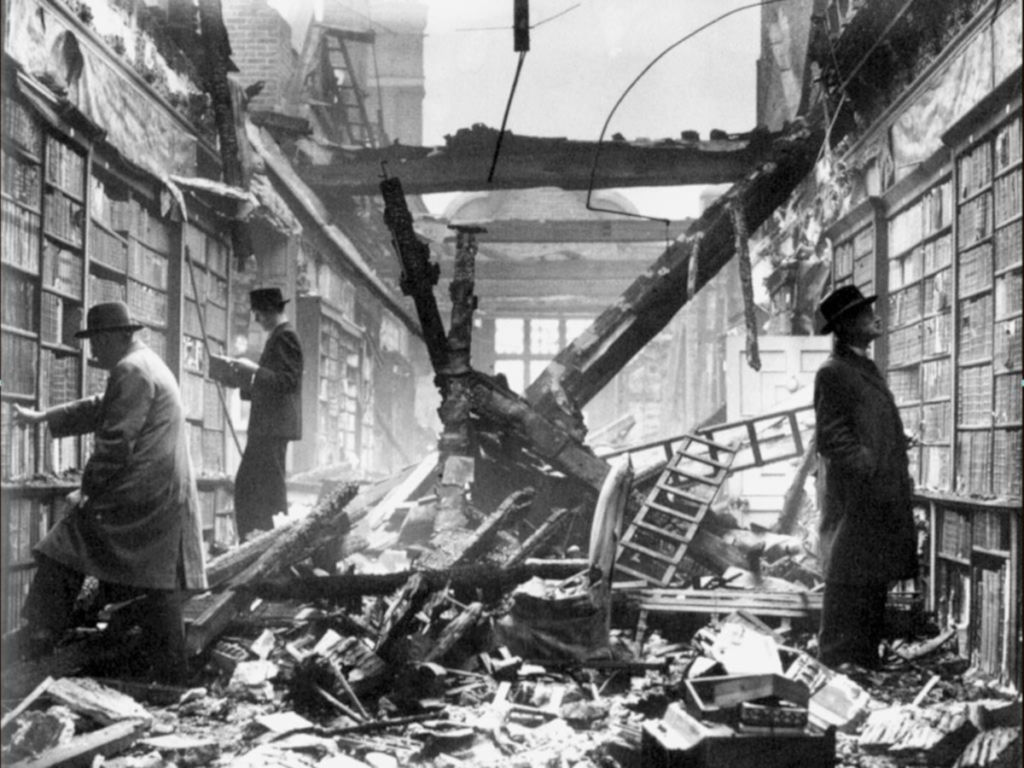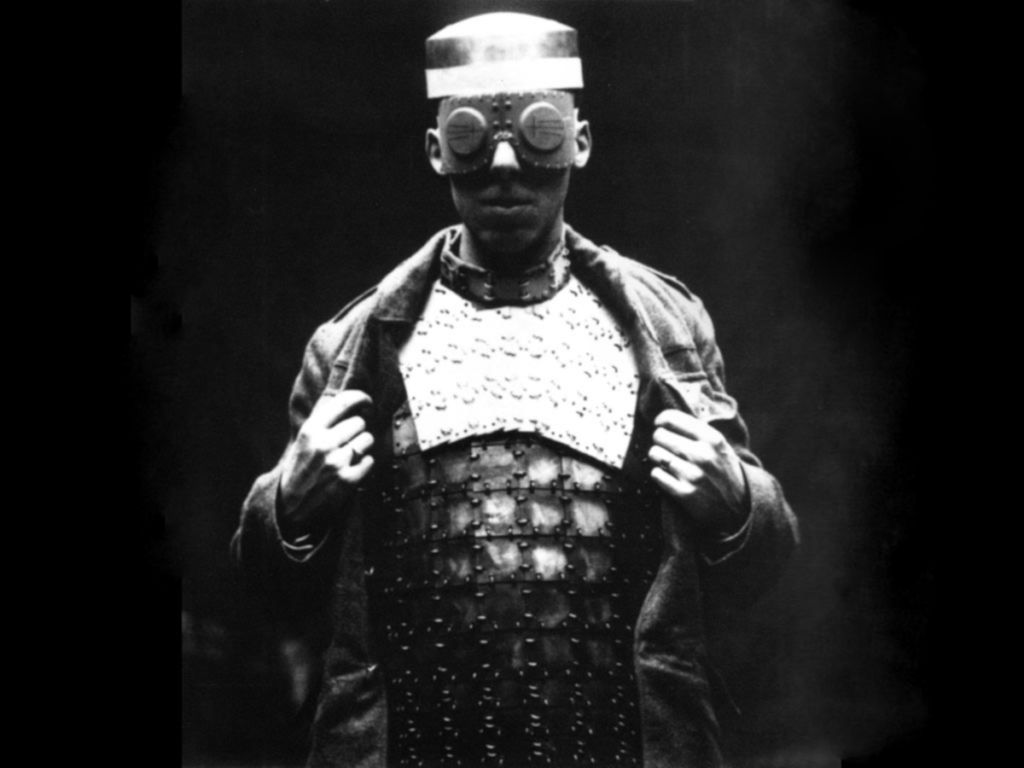Starting in September 2020, once a month Switch (on Paper) will publish an excerpt from Jean-Yves Jouannais’ Encyclopédie des guerres (The Encyclopedia of Wars). What started out as an experiment in oral literature is gradually taking the form of a book, scheduled for release in 2030. Until then, we would like to bring you a few excerpts, published here in alphabetical order like the entries in a vast atlas of wars. Today’s entry is Rubbel.

Barmaleï Fountain in Stalingrad © Emmanuil-Evzerikhin/МАММ/МDF/russiainphoto.ru
Pforzheim resembles Pompeii more than it does any other German city. The result of a twenty-minute bombardment. Twenty-five thousand victims reduced to cinders resting beneath the rubble of houses. While wandering, we come across the town hall, practically razed. The few inhabitants left, in the basements, have carved their names into the stone blocks and added: ‘We’re alive’, and those who escaped to the countryside have also carved their addresses.
(Pierre Lyautey, Carnets d’un goumier, campagne d’Allemagne 1945, Éditions René Julliard, Paris, 1945, p. 138)
A bridge on the Euphrates
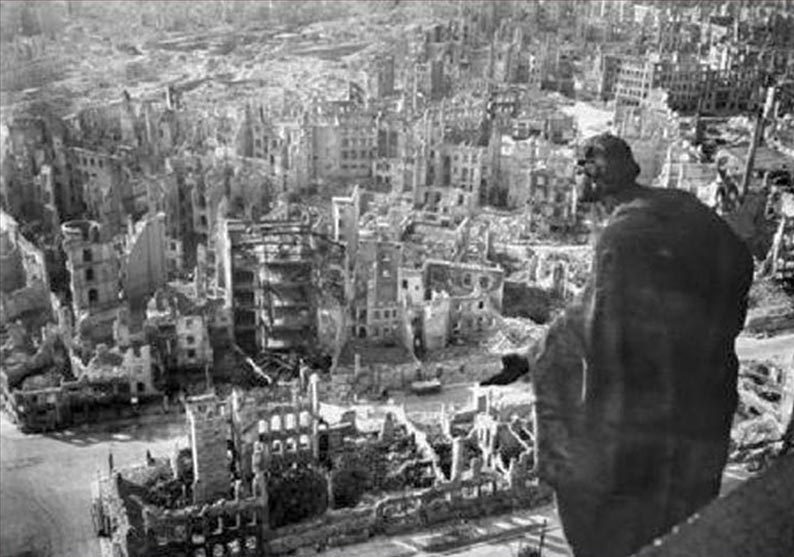
Dresde, 1945 © Sygma Keystone
The Battle of Rumaila was a controversial operation that took place on March 2, 1991, near an oil reserve in the Euphrates valley in southern Iraq. The American 24th Infantry Division, under the command of Major General Barry McCaffrey and with the aid of Apache helicopters, neutralized a column of heavily armored tanks from the Iraq Republic Guard as it retreated. The attack took place two days after the cease-fire that marked the end of the conflict, on the eve of the day when the UN and the Iraqi government were set to begin peace talks. An investigatory commission concluded that a bridge on the Euphrates, an essential transit axis, had been damaged. The commission specified that there was only rubble, omitting that one of the two brigades of the 1rst Hammurabi Division of the Iraqi Republican guard had been entirely annihilated.
(Absence of) Rubble
War at sea in the 18th century respected a handful of conventions that, generally speaking, prevented any action from going so far as to completely destroy the adversary. The retreat of the latter was often enough for victory to be declared. Certain principles, for the most part economic in nature, made complete destruction seem futile. On April 12, 1782, a French fleet engaged in combat with an English one off the Ceylon coast, near an islet called Providien, which would go on to lend its name to the skirmish. The battle lines formed at half past noon. A storm at six o’clock put an end to the melee, and the boats spent the night side by side making repairs and tending to the wounded. There were exactly one hundred and thirty-seven casualties on each side. In the morning, the adversaries parted ways. Battles of this kind, which make up a great deal of naval warfare, inspired the Count of Maurepas, Secretary of State to the Marines, to make this wisecrack: “Do you know what a battle at sea is, Sirs? We meet, we shoot cannons at one another, we part ways and the sea remains salty as ever.” A phrase to which Louis XV is said to have countered, in an effort to minimize his maritime defeat against England: “Yes, we turn their sails to lace, and the ocean stays clean. We leave no rubble behind.”
Quoting Heraclitus
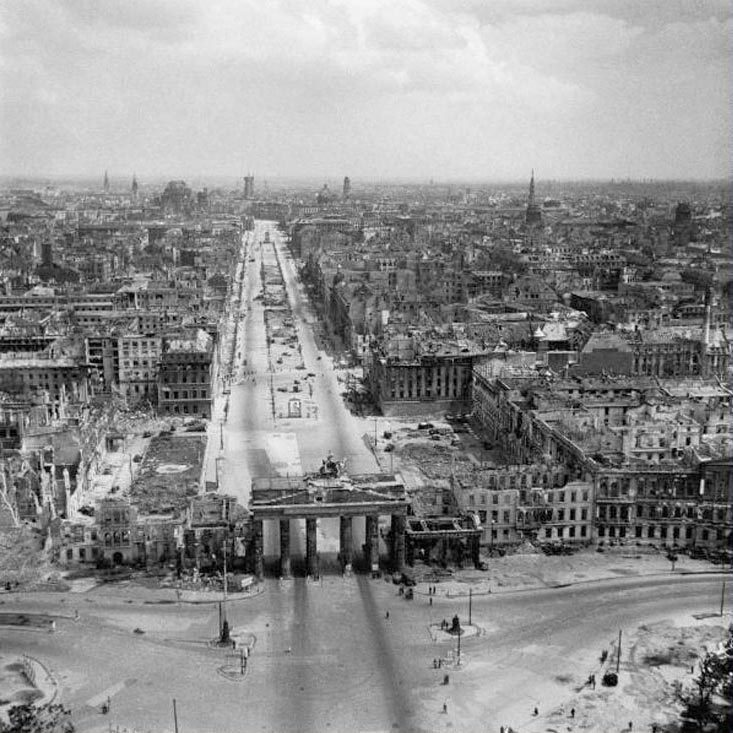
William Vandivert, Berlin 1945 © Time Inc
Carthage has surrendered. In the name of the city, the aristocratic party has capitulated to Rome’s discretion. After demanding hostages, the Romans laid out their conditions. Carthage must lay down its weapons; its inhabitants are ordered to establish another city, far away from the coast. For their proximity to the sea is what invites disorder: and the idea is to cure the Carthaginians of the defects that keep them from integrating into a reasonable order. But these principles do not convince the people, who massacre the partisans of the capitulation and bring back their leaders. War is re-ignited. It takes another three years to crush Carthage once again. The one calling for Carthage’s demise is Cato the Elder. But the one who truly wipes it out is Scipio Aemilianus, or Africanus the Younger. For the third time the same battle was fought anew. It was bound to be ferocious. Polybius called the Carthage war against his mercenaries “savage”. Some translators use the term “inexpiable”. Let’s say the siege had the makings of a savage and inexpiable phenomenon. Once the city had been razed, vengeance was unleashed. Scipio Aemilianus would have wept at the sight of what became of the city that nearly beat Rome. He was a very cultivated and educated man. He had united a circle of Greek and Latin thinkers. In fact, the Terence comedies are attributed to him. He was not merely a soldier, or if so, he became one not through the doctrines of polemology, but through philosophy. Scipio Aemilianus believed that any warrior could be the artisan of universal harmony, that every conqueror could create order. The tumult of fighting, sustained like a note, was thus imagined through its characteristics of unity and harmonic continuity. The time of war is the time of a cohesion that peace will soon betray. It has been said of Alexander the Great that after him, the world fell back into chaos. This means that, faithful to Ares, “destroyer of city walls”, he knocked down his fair share of cities, but as Plutarch claims, he also built them. Seventy of them. Thus a destroyer is depicted as a founder. It is the very definition of “peacemaker”, this aspiration to lend war another image than rubble and mass graves. What Scipio Aemilianus believed in, was Achilles’ shield as the only coherent representation of the world. That is what the destroyer of Carthage must have had in mind as he leveled the city, while also instituting punishment for a race he longed save from its irrationality, in order instill a better sense of harmony. He was thinking of Heraclitus, hero of his intellectual pantheon. Better yet, he was quoting Heraclitus. Destroying this modest Phoenician outpost that had become Rome’s equal, stone by stone, he seemed to be copying for himself a phrase that had haunted him, because he liked it and grasped its meaning: ‘A pile of rubble dumped at random: the most beautiful order in the world.’
Merzbau
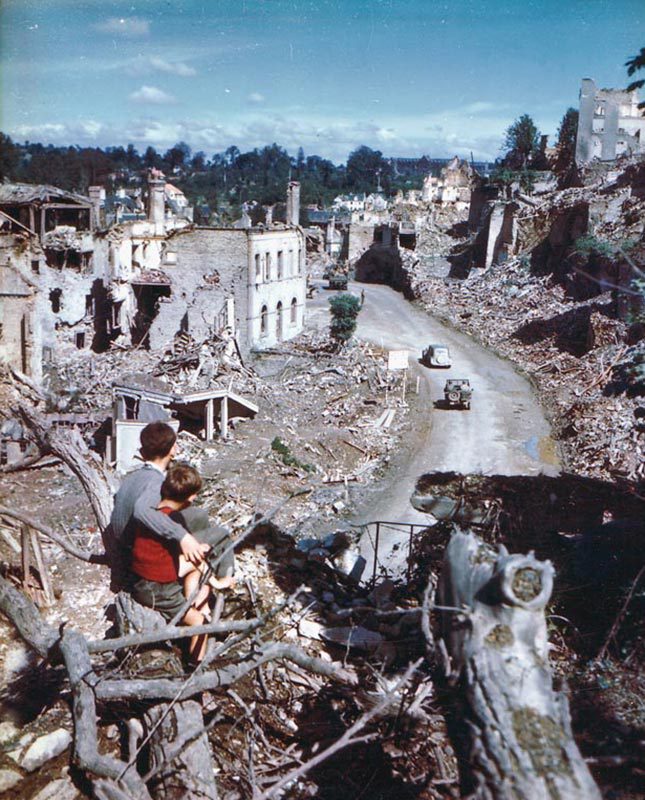
The remains of the village of St Lo in Normandy, Caen War Memorial Archives
In his book Air Raid about the bombing of Halberstadt on April 8, 1945, Alexander Kluge mentions the movie listings at the local cinema, the Capitol, that day. It seems a screening of Heimkehr (The Return) was interrupted by a phenomenon of an entirely different scale, namely, the city’s destruction. The cinema’s manager, Mrs. Schrader, busied herself, against all logic, with sweeping away the rubble before the two o’clock showing. Back then, every projection started with a newsreel. The news showed advancing armies and a festival of ruins. Mrs. Schrader put her energy into clearing the rubble from a screen intended for the projection of even more cataclysmic images. She could not accept that actual war might hinder the spectacle of war. She checks the time. She is no longer thinking about tonight’s dinner or Goebbels’ speech. If someone were to ask her what century she was in, she’d hesitate before answering. It would never occur to her that she was witnessing the end of something, or that the pralines for intermission have probably melted. She is not thinking about the thousand-year Reich that she will never know. She is not thinking of Kurt Schwitters, whom she’ll never meet.
In Hannover, a hundred kilometers away, Dada was alive in Kurt Schwitters, founder and sole member of the “Merz” movement. The artist embarked on an undertaking one morning in 1920 at his abode, number 5, Waldhausenstrasse. He brought residues, scraps, and junk from outside back indoors. There he made a space for each thing he found. Part of the wall, then the entire wall, a spot on the floor, then the entire floor, was soon covered. The alluvia surrounded plaster blocks and panels, creating volumes that filled the entire room. Stalagmite drippings rolled toward pisolites of plaster. Caverns carved themselves out before disappearing behind new deposits. The heaping pile became an artwork.
For Irma Schrader on that day of April 8, 1945, outside is some other place. She has forgotten it. She has gone crazy. She does not realize that 82% of the city has disappeared. Thousands of cadavers no longer wait to watch newsreels that tell them a war is on. Holding a shovel, arms outstretched, she sets to work on the pyramids of debris rising up toward the gaping ceiling. She will check twenty times on the film canisters containing The Return to be sure they haven’t been damaged. And then she returns to her construction site. Her, her shovel, her insanity. She no longer thinks about her son who died on the eastern front. On the eve of the Halberstadt bombing, the Nazis wrote on the walls “We shall never capitulate.”

Michaël Nash, Warsaw, 1946
The Schwitters Stack invades the adjoining rooms. Reaching the ceiling, the stack pierces a hole so it can continue to prosper. Seventeen years pass by to the pace of this expanding Merzbau, the name the artist gives to the rubble inside his home. To the wreckage that has become his home. Each floor has a hole in it, all the way up to the roof, which has also been punctured, the tiles succumbing to the sculpture’s pressure as it emerges into the sky. In 1937, eight rooms in the house had been filled. That fateful year, Schwitters had to leave Germany. He settled in Norway. And there he began a new Merzbau that would later be destroyed by the Germans.
Irma Schrader is unable to clear away all the rubble obstructing the screen. The projection will not take place. She thinks, full of range, of all the debris that prevented her from projecting her favorite film that evening. The first Merzbau by Kurt Schwitters, the one in Hannover, was destroyed in the bombings of 1943. Undoubtedly in the firestorm of the night of October 9. The asphalt melted into rivers. Pine facades collapsed, spilling their plantlike ornamentation onto the street. As for Merzbau, it left no trace, was remembered by no one. In what could the rubble of this rubble leave its mark?
Cover: Evgueni Khaldei, sun bathing in Sebastopol (life goes on), may 1944




